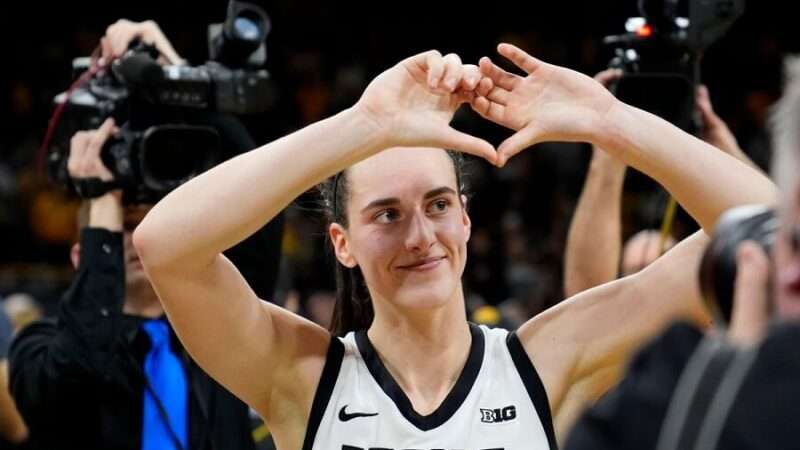Choosing the Perfect Goalie Gloves
It might seem like there isn’t much to goalie gloves, but every goalkeeper knows that they’re the most important piece of gear. In this article, we’re going to guide you through what to look for when choosing your perfect goalie gloves.
The Areas to Focus On
There are three main areas to focus on here: construction, type, and cut. Let’s break down each of them.
Construction
In terms of goalkeeper glove construction, there are four areas to consider: the backhand, fingers, palm, and closure.
Backhand
Many beginners fail to take this aspect of a goalie glove into account. However, in football, there are many instances where the goalie needs to punch the ball, which is where the backhand comes in. The cheaper models feature a single layer of foam padding, which means lesser shock absorption potential. The better quality goalie gloves are latex-cushioned – much better shielding.
Fingers
Whether you’re diving to prevent the ball from entering the net or trying to grab hold of the ball, the fingers play a key role. To add finger support and prevent injury, gloves with proper finger protection use spines inside of each model. When force is applied, this material tightens to prevent finger injury and hyperextension.
There is no ideal fit, as this largely depends on your preference as a goalkeeper. You might prefer a stiffer fit for more control, while others prefer the better finger moveability provided by a looser fit. The best gloves feature plastic supports that are bendable, while the cheaper models are just padded.
Palm
The palm comes into contact with the football a lot. With this in mind, you’ll find two texture types here: dimpled and smooth.
Dimpled texture gloves have a gripping agent that’s durable but not incredibly efficient. This glove type is best suited for practice sessions. On the other hand, the smooth-palm gloves feature a clinging agent, which is very effective at helping the goalie grab onto the ball. Although this adherent is much more effective than the durable gripping agent, it tends to wear off quicker, so it’s best used during matches.
Closure
The closure is an often-overlooked aspect of goalie gloves. It’s the part that actually makes sure that the glove stays on your hand. There are three main closure types in goalie gloves: hook-and-loop, bandage, and v-notch.
The hook-and-loop glove closures are elastic and feature a strap that you can loosen or tighten. The bandage closures are applied to the wrist like a dressing, providing excellent wrist support but aren’t too breathable. The V-notch-type closures help keep your gloves dry and cool using ventilation.
The choice between the three closure types depends on your preference and how sweaty your hands get.
Types
There are three types of goalie gloves available on the market: match, training, and weather.
Match
Match goalkeeper gloves are used during football matches both in youth and adult leagues. They offer maximum grip, require a lot of care, and aren’t as durable as other glove types.
Training
Training goalie gloves are mostly intended for the practising requirements of elite players and beginners. They aren’t as grippy as the match type but are significantly more durable. Plus, given the fact that they are less efficient than the match gloves, they provide a perfect worst-case-scenario training simulation.
Weather
Football matches are often played in unfavourable weather conditions, with rain, snow, and/or high winds. These gloves are designed to keep your hands warm and dry. Additionally, the latex palms of weather goalie gloves are made to get stickier as they get wet, which is a great feat for rain conditions.
Cuts/Fits
You’ll find four types of goalie gloves out there in terms of cut or fit: flat, rolled/gunn, negative, and hybrid.
Flat gloves are the most traditional type, made out of one-piece foam material that’s completely flat. This is a looser fit. Rolled or gunn gloves feature rolled palm sides for a tighter fit. The negative gloves are sewn from the inside, providing the snuggest fit of all. Hybrid gloves combine two of the mentioned types.
The Perfect Glove
Focusing on the three highlighted areas should land you with a perfect pair of goalie gloves. However, it’s best if you try various types to find the one that fits you best. Don’t rush it, and don’t be afraid to experiment.






